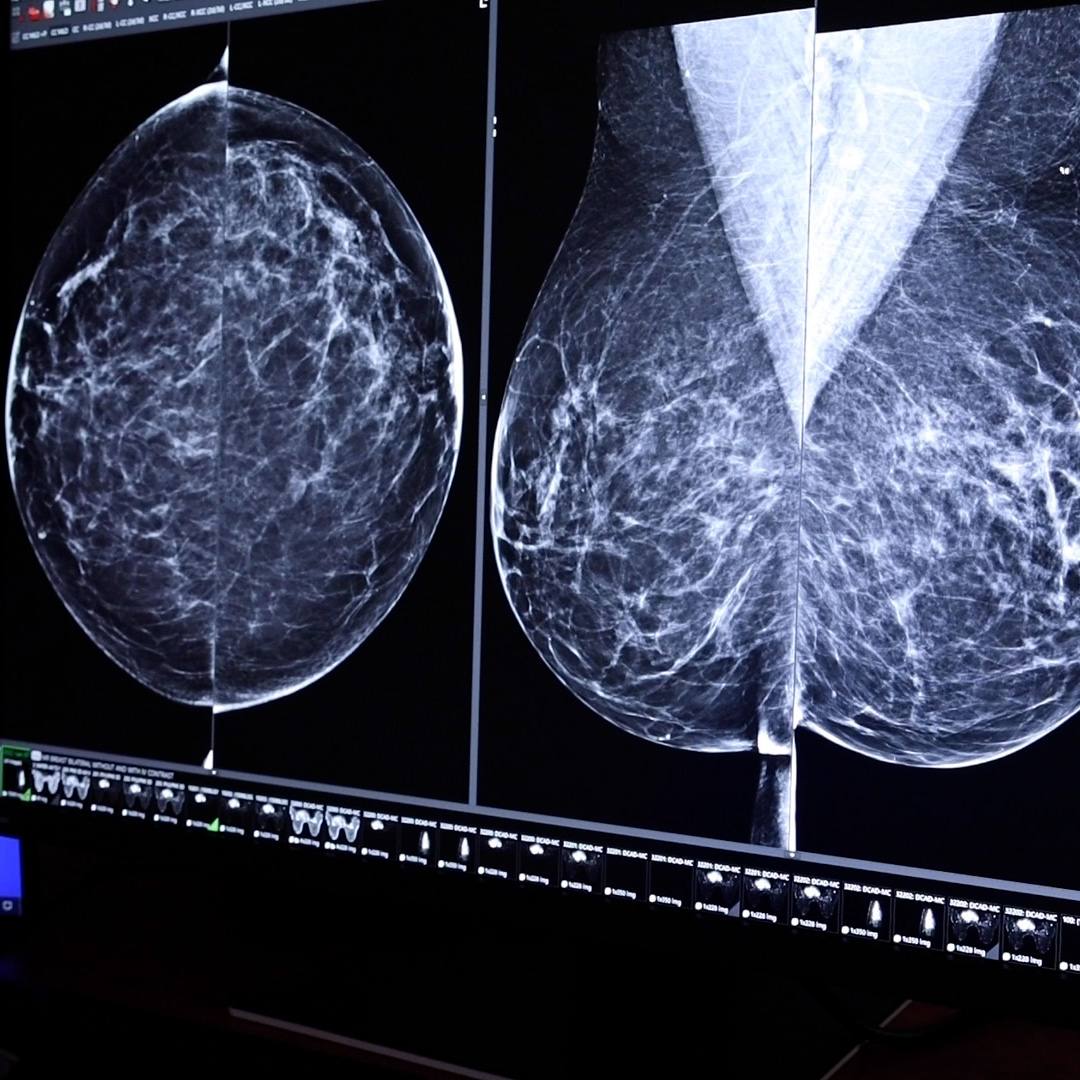-
Mayo Clinic Minute: Managing atrial fibrillation
Nearly 3 million Americans are living with a heart condition called atrial fibrillation, according to the American Heart Association. And the Centers for Disease Control and Prevention says that number could be as high as 12 million by the start of the next decade.
What is atrial fibrillation and how do you fix it?
Journalists: Broadcast-quality video (1:25) is in the downloads at the end of this post. Please courtesy: "Mayo Clinic News Network." Read the script.
A normal heart rhythm should beat like a steady drum. Atrial fibrillation is like a chaotic drumbeat.
"It's a bum, bum-bum, bum-bum-bum, bum-bum- bum-bum-bum. So what you're having is you're having heartbeats that are going sooner or shorter — bum-bum — or longer — bum-bum-bum, bum. And what that's doing is it's altering the ability of your heart to fill and your heart to pump blood effectively," says Dr. Christopher DeSimone, a Mayo Clinic cardiologist.
That can put patients at greater risk of blood clots, heart failure and stroke.
"The heart is like a house. You have the upstairs, you have the downstairs, and you have electricity going on at the top of the heart. And it's coordinated to beat and pump in a fashion so that blood gets to the rest of your body by going from the top, down through the middle of the heart, out to the bottom of the heart into the basement. The top chambers of the heart are where the problem lies for atrial fibrillation," says Dr. DeSimone.
There are many causes, such as high blood pressure, diabetes or even sleep apnea. Often patients are unaware they have atrial fibrillation.
"Sometimes they'll describe to me that they feel fatigued. They're more short of breath. They feel like they're getting older. They feel like they haven't been as active. But really what they're feeling is not effective blood pumping," says Dr. DeSimone.
Treatment is individualized for each patient and may include medication; administering an electrical shock to the heart; or a procedure called catheter ablation, which scars the heart tissue that's creating the erratic signals.







